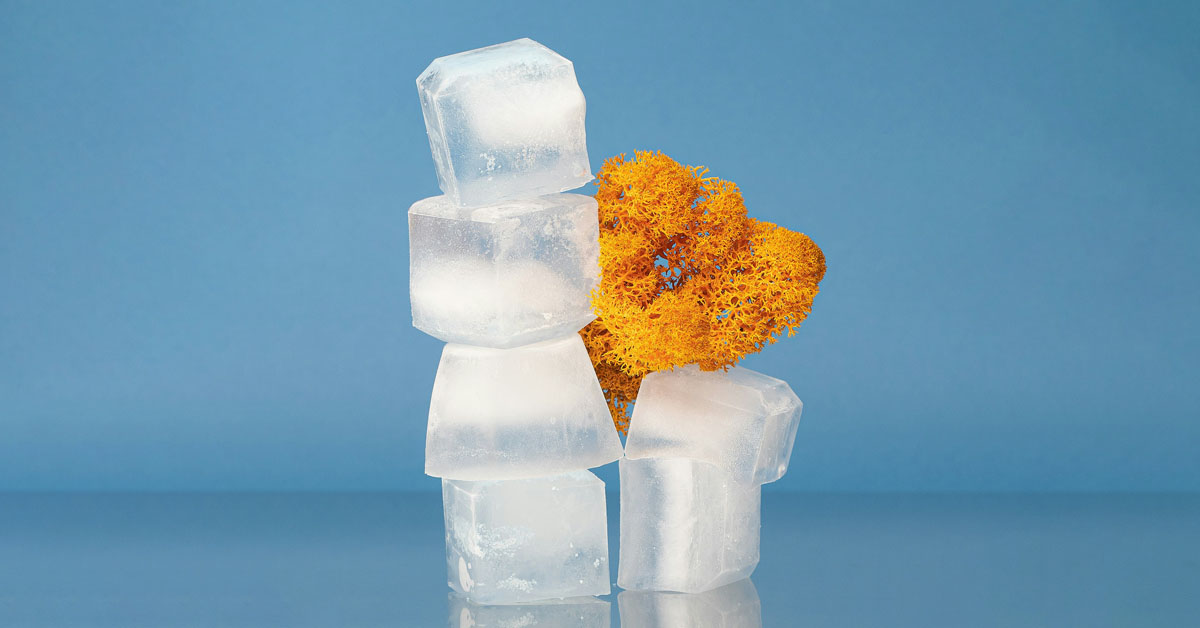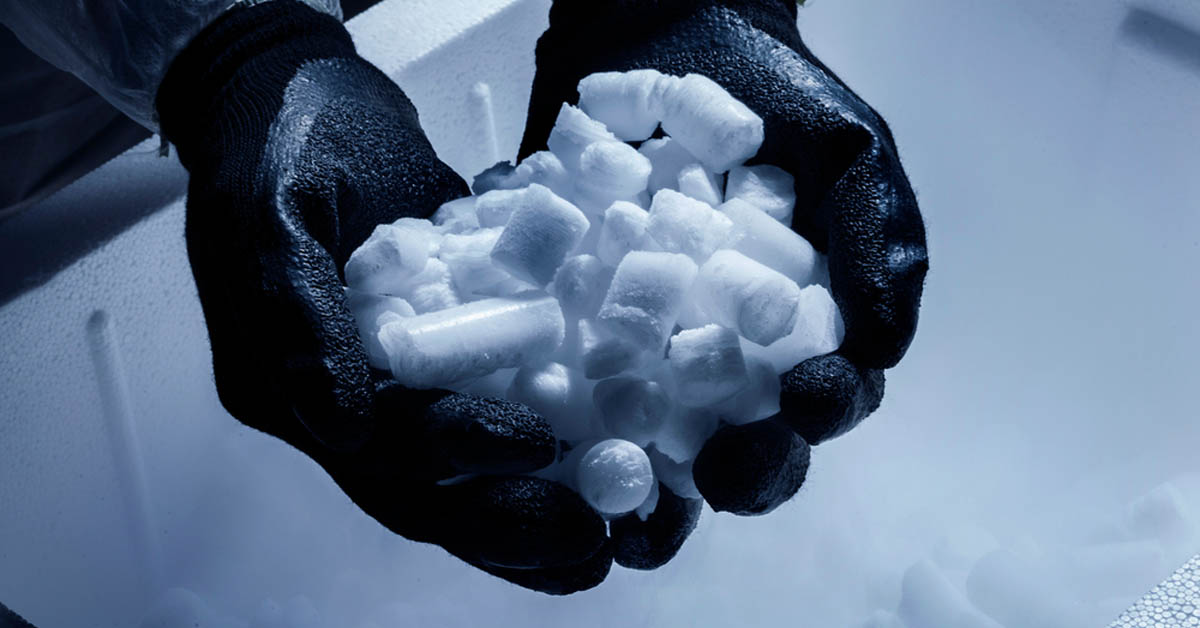Dry ice, the solid form of carbon dioxide (CO₂), is a fascinating and versatile substance with a myriad of uses across various industries. Whether you’re a science enthusiast, a Halloween party planner, or a business owner, understanding the properties and applications of dry ice can be incredibly beneficial. In this blog post, we’ll dive into the cool world of dry ice, exploring its uses, safety precautions, and some fun facts.
What is Dry Ice?
Dry ice is carbon dioxide in its solid state, typically found at a temperature of -78.5°C (-109.3°F). Unlike regular ice, which melts into water, dry ice sublimates, meaning it turns directly from a solid into a gas. This process makes it an incredibly useful cooling agent, especially in situations where traditional ice is impractical or where moisture is undesirable.
Common Uses of Dry Ice
1. Refrigeration and Shipping
Dry ice is widely used in the shipping and storage of perishable goods. Its extremely low temperature and sublimation properties make it ideal for transporting food, medical supplies, and other temperature-sensitive items without the mess of melting ice.
2. Special Effects
From spooky fog at Halloween parties to dramatic smoke effects on stage, dry ice is a staple in creating atmospheric effects. When placed in warm water, it produces a dense, white fog that adds a magical touch to any event.
3. Industrial Cleaning
Known as dry ice blasting, this process uses dry ice pellets as a cleaning medium. It’s an environmentally friendly and effective method to clean industrial equipment, removing dirt, grease, and contaminants without the need for harsh chemicals or water.
4. Scientific Research and Laboratory Work
In scientific settings, dry ice is used for rapid freezing of samples, as well as in various chemical processes that require extremely low temperatures. It’s a crucial tool in preserving biological samples and in performing cryogenic procedures.
5. Food and Beverage
Dry ice is often used in the food and beverage industry for its cooling properties. It can be used to create fog effects in cocktails, chill foods, and even carbonate beverages. Chefs and mixologists use it to add a visual and sensory element to their creations.
Safety Tips for Handling Dry Ice
While dry ice is incredibly useful, it must be handled with care. Here are some important safety tips to keep in mind:
1. Use Protective Gear
Always wear insulated gloves when handling dry ice to prevent frostbite. It’s also advisable to wear safety goggles to protect your eyes from any splashes or fragments.
2. Ensure Proper Ventilation
Dry ice sublimates into carbon dioxide gas, which can displace oxygen in enclosed spaces. Always use dry ice in well-ventilated areas to avoid the risk of asphyxiation.
3. Avoid Ingestion and Direct Contact
Never ingest dry ice or allow it to come into direct contact with your skin. Its extreme cold can cause severe burns or internal injuries if swallowed.
4. Store Correctly
Store dry ice in an insulated container that is not airtight. Airtight containers can explode due to the buildup of carbon dioxide gas.
5. Dispose Safely
Allow dry ice to sublimate in a well-ventilated area away from children and pets. Do not dispose of dry ice in sinks, toilets, or trash bins, as it can damage plumbing and create hazardous conditions.
Fun Facts About Dry Ice
- Dry Ice Fog: The fog produced by dry ice in water is actually condensed water vapor, not carbon dioxide gas.
- No Liquid Phase: Unlike most substances, dry ice goes directly from a solid to a gas, skipping the liquid phase entirely.
- Sublimation Speed: The rate at which dry ice sublimates depends on the surface area exposed and the surrounding temperature.
- Culinary Applications: Dry ice can be used to create fun and interactive dining experiences, such as smoke-filled desserts and flash-frozen snacks.
- Historical Discovery: Dry ice was first observed in 1835 by French chemist Charles Thilorier, who noted the formation of solid CO₂ when opening a container of liquid carbon dioxide.
Conclusion
Dry ice is a powerful tool with a wide range of applications, from preserving perishables to creating dramatic special effects. While it’s important to handle dry ice with care and follow safety guidelines, its unique properties make it an invaluable resource in many fields. Whether you’re using it for practical purposes or just for fun, dry ice is sure to add a touch of cool to your activities.






